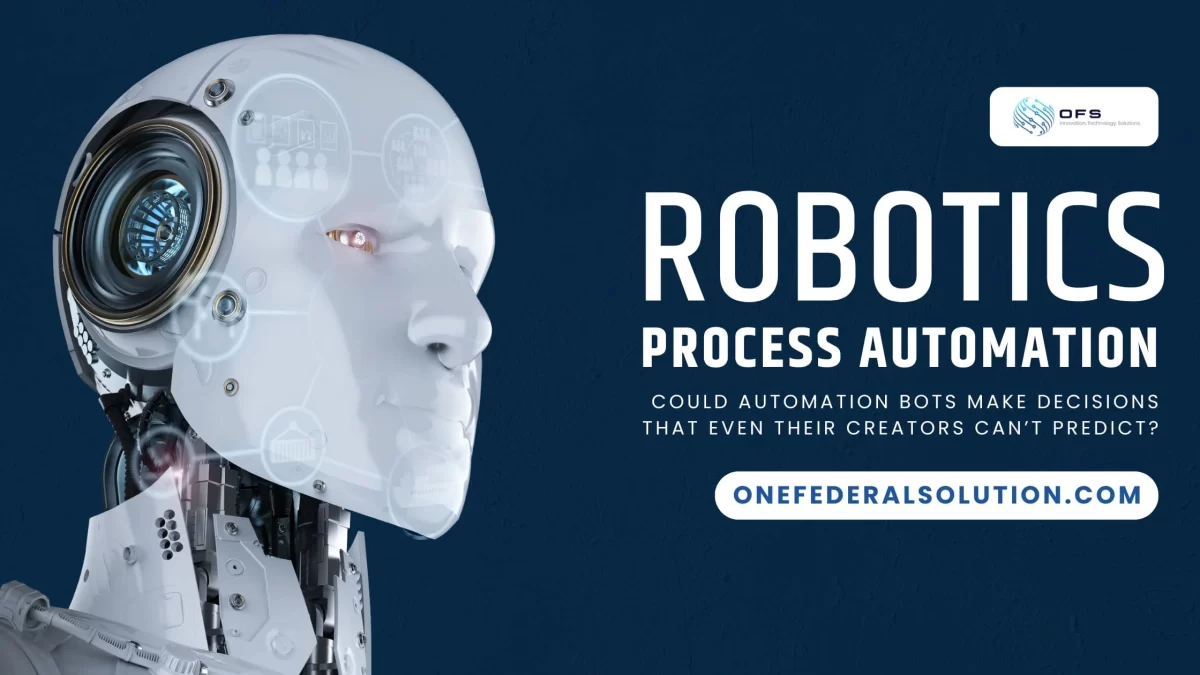Starting and growing a small business can feel like an uphill task.
Of course, a successful business requires compelling products or services, initial funding, and a robust business plan. However, it may be some technical stuff that can slow you down. Maybe you don’t have an idea about building a website that is important to survive and thrive in today’s digital age. Maybe you don’t have cybersecurity experts in your team. Who will manage your software? The point is here that you also need to address the technology aspect of your business.
That’s where professional technical services come in. These services are like a helping hand, giving small business owners the tools and support they need to succeed without getting bogged down in complicated details. Let’s find out how professional technical services can help you grow your small business.
What Are Professional Technical Services?

Simply put, technical services are technical support from experts to help managing technology-related tasks. These can range from something as simple as setting up a computer network, creating a website, debugging software, or even handling cybersecurity.
Professional technical services go one step ahead by providing top-notch, expert-level assistance that’s customized to your business needs.
Suppose you run a small real estate agent. You’re great at dealing with properties, but not at setting up an online store to sell them. A technical service provider can set up your site, and ensure it’s optimized to enable customers to find out about your business. That’s the sort of hands-on assistance these services provide—enabling you to focus on your core business while they handle the technical aspect of your business.
For small businesses, professional technical services are a great help. They save time, minimize stress, and provide you with access to skills you may not have on staff. Whether it’s an occasional project or regular support, these services are all about using technology to work for you.
Why Small Businesses Need Technical Services
Small businesses generally have tight budgets and limited means. You may be the owner, marketer, and customer service rep all in one! Adding “tech guru” to that mix can be overwhelming. That’s why professional technical services are so beneficial—they bridge the gaps and allow you to compete with larger businesses.
Below are a few reasons why small businesses depend on these services:
1. Efficiency: Time is money, especially when you’re running a small operation. Hiring experts to set up your systems or troubleshoot problems means you’re not wasting hours trying to figure it out yourself.
2. Cost Savings: It might sound costly to hire professionals, but it’s often cheaper than fixing big mistakes later—like a hacked website or lost data.
3. Growth: With technology, you have the potential to open new windows, such as accessing customers online or making your operations easier. Professional technical services allow you to capitalize on those opportunities.
4. Peace of Mind: Having confidence that your tech is well maintained allows you to concentrate on business development rather than complaining about crashes or glitches.
Examining Professional Scientific and Technical Services

Then you’re probably wondering about professional scientific and technical services. That name is a fancy way of saying, though, that it’s just a more general term that incorporates specialized assistance to businesses in areas such as engineering, research, or science. To small businesses, it could mean assistance with such things as product testing, data analysis, or even creating a new app.
Consider a small business producing green packaging. They may contract professional scientific and technical services to analyze their materials and ensure they’re safe and sustainable. This type of knowledge isn’t one most small business owners possess, but it’s essential to achieving success in some markets.
Even if your company isn’t “scientific,” you can still take advantage of this level of professionalism. What the “professional” designation indicates is that you’re dealing with trained professionals who work according to best practices and provide consistent results. Whether you’re creating a database or interpreting customer trends, these services provide a high level of quality.
How Professional Technical Services Drive Growth
So how do professional technical services help your small business expand? Let’s examine some actual applications through which they impact:
1. Building an Online Presence
In today’s digital landscape, going online or being on social media isn’t a choice—it’s a necessity. Technical professional services can design an easy-to-use website, make it search engine friendly, and even take care of your online advertising. This exposes your business to more customers and increases sales.
2. Streamlining Operations
Technology can be used to automate mundane tasks such as tracking inventory or invoicing. A technical service provider can implement software that will save you hours a week, allowing you to spend more time on high-level objectives.
3. Keeping Data Safe
Cybersecurity is a big issue for small businesses. One breach of data would cost you customers’ trust and a great deal of money. Professional technical services can install firewalls, track threats, and train you to detect scams, safeguarding your business.
4. Scaling Up
As your business expands, so do your tech requirements. Perhaps you require an improved payment system or means to handle an expanded team. Technical specialists can update your systems so they remain aligned with your success.
Let’s use a small restaurant as an example. With assistance from professional technical services, they could implement a mobile app for placing online orders, create a rewards program, and review sales to determine the top-selling beverages. These actions don’t simply maintain the shop going—they make it prosper.
Choosing the Right Technical Services for Your Business

Not every professional technical service is the same, so how do you choose the right one? The following are some tips:
Know Your Needs: Do you need a one-time solution (e.g., launching a website) or ongoing maintenance (e.g., maintaining your network)? Make your needs obvious.
Check Experience: Seek out suppliers who have dealt with small firms like yours. They’ll get your issues and your wallet.
Ask About Communication: Don’t leave yourself in the dark. Select a service that talks in plain English and keeps you informed.
Start Small: If you’re bothered about price, test a small project first—like repairing a slow computer—and observe what happens.
It’s also a good question to ask, “What are technical services going to do for me long-term?” The top providers don’t fix today’s issues—they position you for tomorrow’s success.
Final Thoughts
By opting for professional technical services, you can leverage technology to grow your business as well as focus on your tasks better rather than engrossing in tech glitches all day. Technologies, whether you use a website or software, streamline your business and increase productivity.
So why not opt for professional technical services today? Your next major growth opportunity may be just one specialist away.














